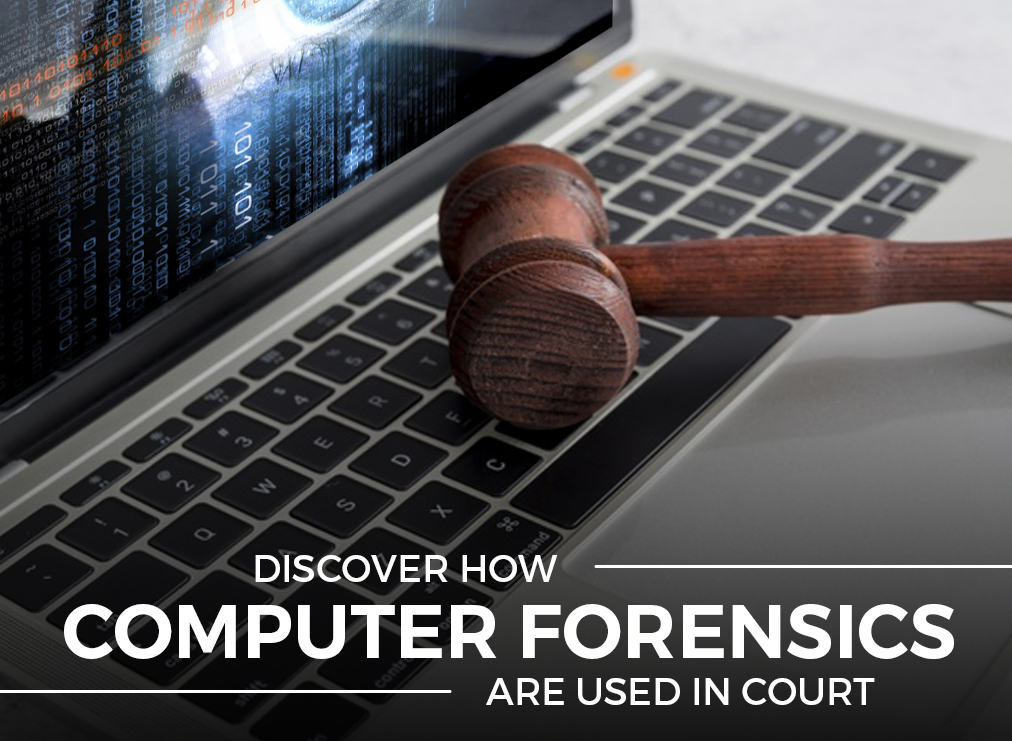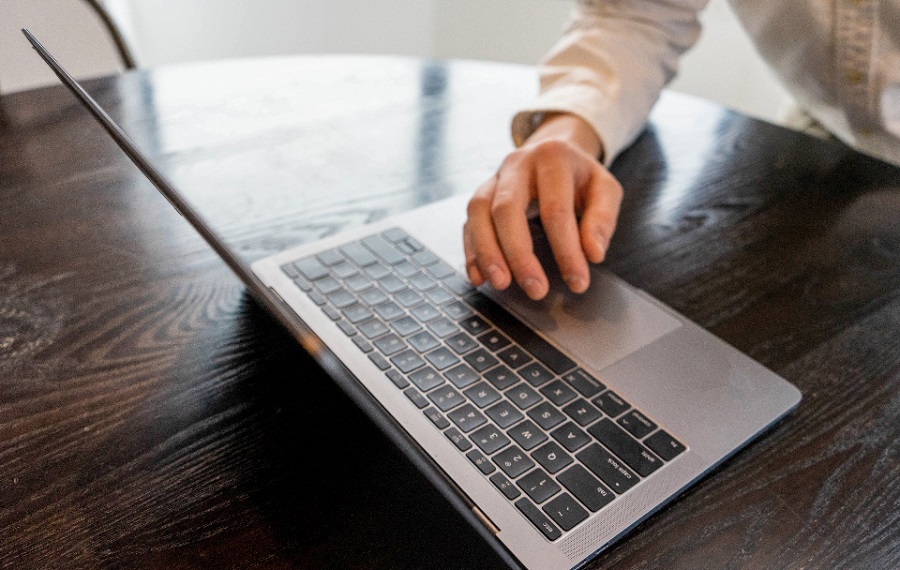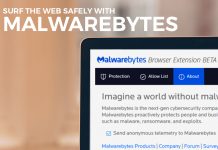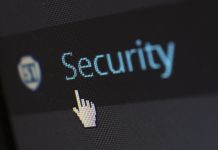Every criminal and civil investigation involves forensic science, which uses natural and physical sciences to analyze a situation. It is used to prosecute suspects of criminal cases, as well as respondents of civil charges, such as personal injuries.
While natural and physical sciences are used for investigating criminal cases, it is important to remember that in the internet age, digital devices and methods can be used to commit crimes. This requires a specialized branch of forensics that deals directly with such technology.
Computer forensics is the branch of this science that tackles digital technology. If you are wondering how evidence and investigative analysis dealing with this branch of forensics are used in court, here’s what you need to know.

What Is Computer Forensics?
As mentioned above, computer forensics is the type of forensics used in the investigation of criminal, civil, administrative, and intellectual property cases involving digital matters.
However, one of the most important aspects of this practice is that it is applied not only on computers as in laptops or desktops but on all computing devices. This includes tablets, smartphones, and smartwatches, as well as flash drives, and other storage devices.
The goal of this branch of forensics is to recover and safeguard evidence that is acceptable and permissible in court. Basically, this practice follows a structure that can help investigators determine what happened or who the responsible parties are.
What Constitutes Digital Crime?
Information gathered during this process include the delivery of viruses, breaches, identity theft, and access to illegal content, such as child sexual exploitation videos. It also covers cyberbullying and stalking.
To find such evidence, examiners will thoroughly search a digital device including deleted and hidden data, encrypted files, and unallocated or unused spaces.
One essential aspect of computer forensics is the proper and meticulous documentation of the chain of evidence, which will reflect in a formal report.
Determining the Situation
Plaintiffs of criminal, civil, administrative, and intellectual property cases file lawsuits against a respondent. A probable cause can also result in investigations.
Keep in mind that just because an accuser claims that a party does not mean automatically means that the claim occurred or that it happened exactly as described by the claimant.
An investigation will be launched to determine what happened using an ethical and legal system. The examiner will help establish the situation by identifying, gathering, and preserving digital evidence.
It is important for the examiner to make sure that the data is protected due to its fragile nature. They are also charged with the task of ensuring its authentic, reliable, valid, and credible, to guarantee that it is admissible in court.
Finding the Culprit
The examiner will recover as much info as possible from the system. With the help of digital evidence, investigators will work to find whether the respondent is guilty of the crime or not. The examiner will be called to testify in court as an expert witness.
It is important to know that criminals and other malicious parties often use anti-forensic methods. These are programs and applications that make it difficult for examiners and investigators to find relevant data.
Detailed Documentation

In court, detectives need to provide proof that they acquired the right documents to secure the computing devices in question. Aside from this, they also need to show that every step of the investigation is documented.
This allows them to demonstrate that no tampering of evidence occurred and that all relevant information is preserved and without damages. Without a detailed and meticulous proof of this, the evidence will not be admissible in court.
Documentation includes all the files recovered from the systems in question, as well as its physical layout. A report on this must also state whether any files were recovered after it was deleted, hidden, encrypted, or in unallocated space.
The Bottom Line
Computer forensics plays a huge role in investigations, especially during this digital age. While it is a relatively young practice, it can spell the difference between finding the right evidence to penalizing the culprit or having a guilty party go without any punishment.
Last updated on August 15th, 2020 at 03:56 pm






